
OUR OLIVE OIL
Olive Oil Demystified
Over the years, we‘ve answered thousands of inquiries about olives and olive oil. What follows is an effort to combine those answers into a relatively easy-to-digest (sorry) format. Feedback, suggestions, and corrections are welcome.
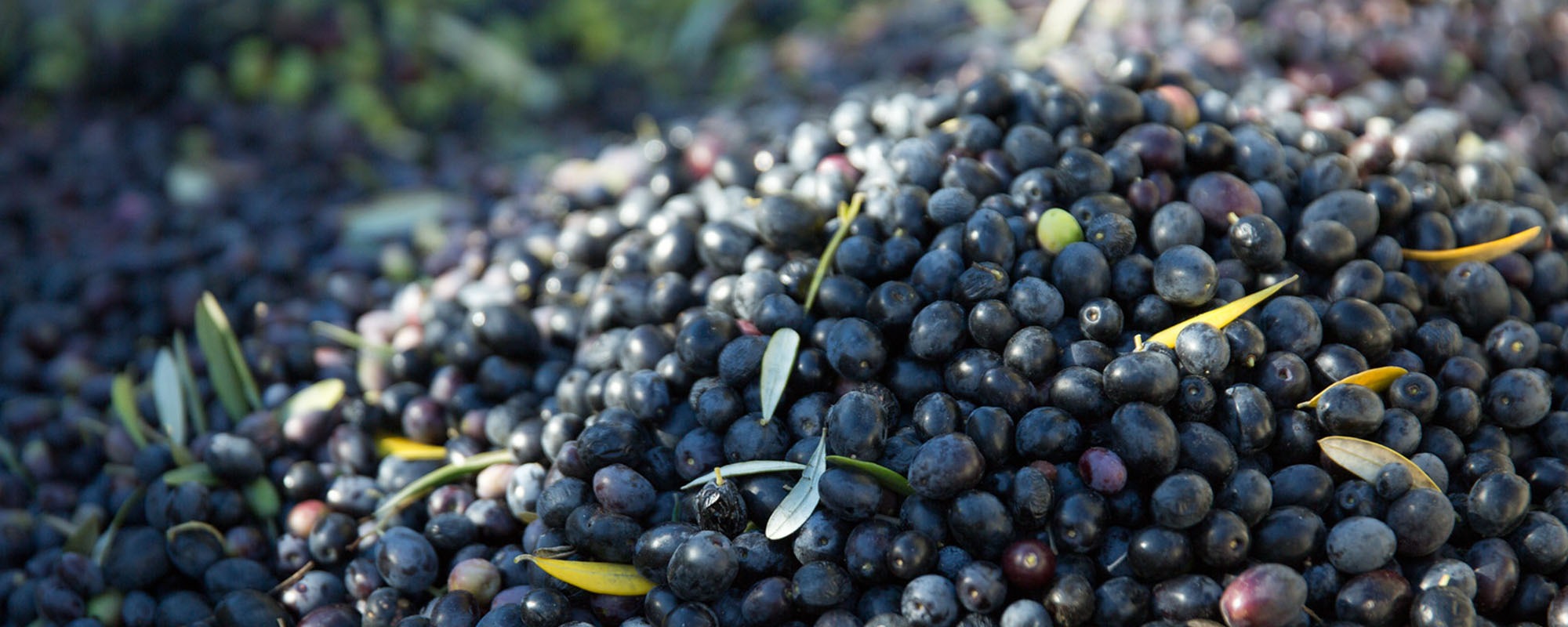
What is Olive Oil?
Olive oil is a fat, like butter or lard or corn oil. It is one of only two oils that come from fruit and that can be used without further processing (avocado oil is the other).
The olive press is considered to be as old as the wine press. Olive trees were first cultivated in ancient Syria, where they were valued for their fruit, but above all for their tremendously versatile oil, which was used for cooking, lighting, and in medicine. The trees spread throughout ancient world, and are found today all around the Mediterranean, as well as in similar climates worldwide.
There are about 900 different varieties of olive tree. Much like grapes, olive varietals fall into three categories, according to the best use of the fruit they produce: eating olives, cooking oil olives, or condiment-quality oil olives.
Many people are confused by the difference between the latter two categories. Olive oil can be used in place of other fats (such as butter, lard, or corn oil) in cooking. Condiment oils, on the other hand, are used to make dressings, to dip bread, or drizzled over pastas, vegetables, or grilled foods.
The oil we make, like other good olive oils, is in the condiment category. Our olive trees were chosen because of the incredible oil that comes from their fruit.
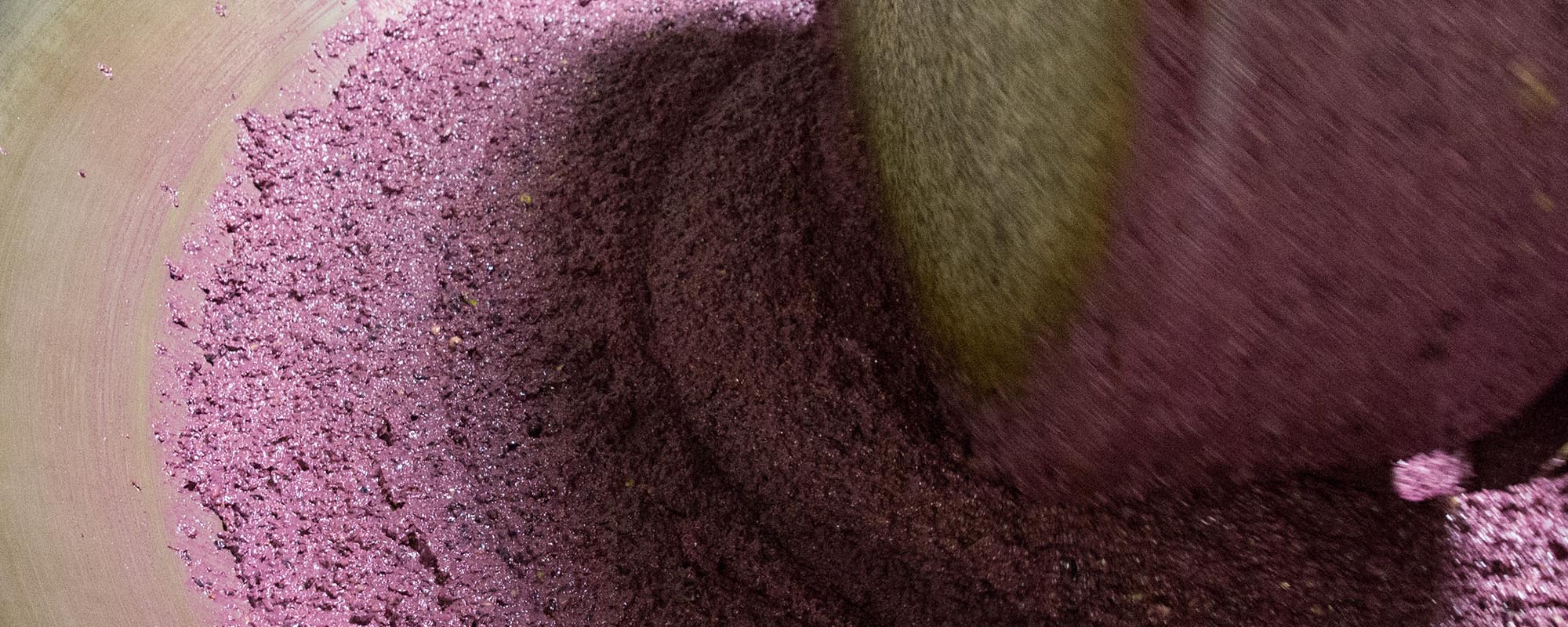
How is Olive Oil Made?
After varietal differences, choosing when to harvest is the biggest determinant of the flavor of the oil. Olives ripen in the fall and winter, changing in color from green to a purple so deep that it is called black. The oil produced changes too, according to the ripeness of the olive. Early- harvest olives (usually picked between late October and early December) produce richer, fruitier oils, often with a peppery finish. Olives picked later in the season (often so late that they aren‘t picked at all, but are allowed to fall into nets or onto the ground) produce mild oils with little varietal character. They also produce much more oil than early-harvest olives, which has led some unscrupulous producers to mix leaves in with late-harvest olives in an effort to produce oil with the green color associated with more valuable, early-harvest oils.
Generally, the best oils are made from olives harvested when they are between one-third and two-thirds black (normally between mid-November and early December). Despite countless efforts to develop mechanized harvesting methods, olives for the best olive oils are almost always harvested by hand, which accounts for roughly half of the farming cost.
Although there are exceptions, most olive oils are blends of several varieties, and all the varieties for a particular oil tend to be planted, picked, and crushed together in what is called a field blend.
Crushing the olives
In Italy, olive oil is produced at a facility called a ‘frantoio.’ (Confusingly, this is also the name of one of the most common olive varietals.)
Once the olives are harvested, they are crushed (including the pits, which contain a valuable preservative) into a mash, called the pasta. The traditional method involves grinding the olives with a stone wheel known as a pietra. In recent years, the pietra has increasingly been replaced with a hammer mill.
There are advantages to each method. The pietra method is slower and more gentle, but is more difficult to keep clean. The hammer mill, on the other hand, is cleaner, but tends to pulverize the olives; some people feel it imparts a somewhat metallic taste. If the olives are crushed with a hammer mill, the pasta is then put into a mixer, called a malaxator, where it is stirred gently to allow the oil molecules to come together into large droplets.
Pressing the mash
In the traditional method, which dates back thousands of years, the pasta is spread on mats (originally hemp, but now polypropylene), stacked one atop another, and pressed to release the liquid from the pasta. Today, pressure is applied hydraulically, but there are still operations in North Africa where pressure comes from piling sandbags on the end of a long timber (there, they still use camels to turn the pietra!). As with the pietra, cleanliness is an issue; if not watched carefully, the mats quickly get dirty, and can induce rancidity into the oil.
While the traditional press produces some of the world‘s best oils, its need for constant vigilance has caused it to fall out of favor with large-scale producers, who tend to prefer the continuous-process centrifuge, or horizontal decanter. Centrifuges are efficient, reliable, clean, and predictable, and virtually all new pressing facilities use a centrifuge.
Another machine, the ‘Sinolea’, uses no pressure at all. The Sinolea operates by vibrating stainless steel blades through the pasta, causing the oil to float to the surface where it is skimmed off. While this process is widely regarded as the one that produces the best oil, it is fragile, expensive, and significantly less efficient than other methods. So it doesn‘t get used much.
Separating the oil
What actually gets extracted from the pasta is a mix of oil, water, and suspended solids. The water and solids will taint the oil if left in contact with it over time, so there‘s a final stage usually employing another centrifuge to purify the oil.
Once the oil has been separated, it is usually left to ‘knit together’ for a while, then bottled. If the production is large enough, the oil gets bottled a little at a time, because it keeps better in bulk than in the bottle.
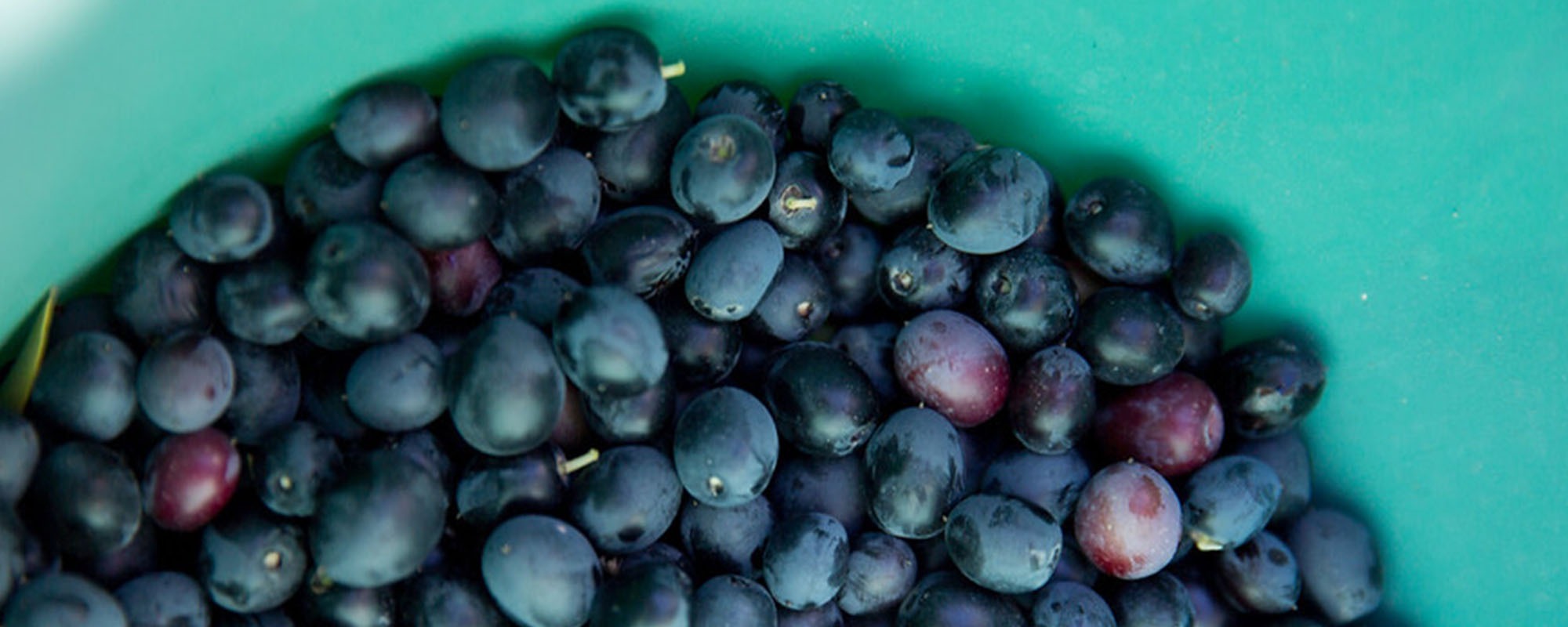
So What‘s An Extra Virgin?
Only the very best oils in the world can be labeled ‘extra virgin.’ But what does that mean? Unfortunately, the answer is, ‘It depends.’
First, the International Olive Oil Council (IOOC), which sets the standards, has recently made the rules more strict. That‘s the good news. The bad news is that the United States is not a member of the IOOC, so the IOOC grading regulations don‘t have any enforceable meaning in this country.
That having been said, there are many correctly-labeled oils available here. Here‘s what the terms (should) mean:
Until 1995, ‘extra virgin’ simply meant that the oil was mechanically produced (pressed, rather than chemically refined), and had an oleic acid level under 0.8 percent. ‘Virgin’ olive oil was mechanically produced, with acidity of between 0.8% and 3%; other grades follow, concluding with lampante, or ‘lamp oil.’ Few quality producers bother to market any oil that isn‘t extra virgin.
In 1995, the IOOC added a new requirement for extra virgin status: the oil must taste good (what a concept). Oils are put through a blind organoleptic analysis by a panel of experts. They are rated on a 9-point scale, and must score 6.5 or higher to receive ‘extra virgin’ designation.
The members of the California Olive Oil Council (including DaVero, which was a founding member) voluntarily adopted international standards for labeling. Since that time, domestic producers have been working with the US government to get labeling laws in the US that are consistent with those used elsewhere in the world.
You may have noticed that you can buy olive oil in the supermarket that is labeled as ‘Pure’ or ‘Original’ or ‘Light’ or the like. These mean that the oil has been refined, rather than pressed. They are like corn, safflower, peanut, or canola oils: they‘re great for sautéing, but they are largely without flavor.
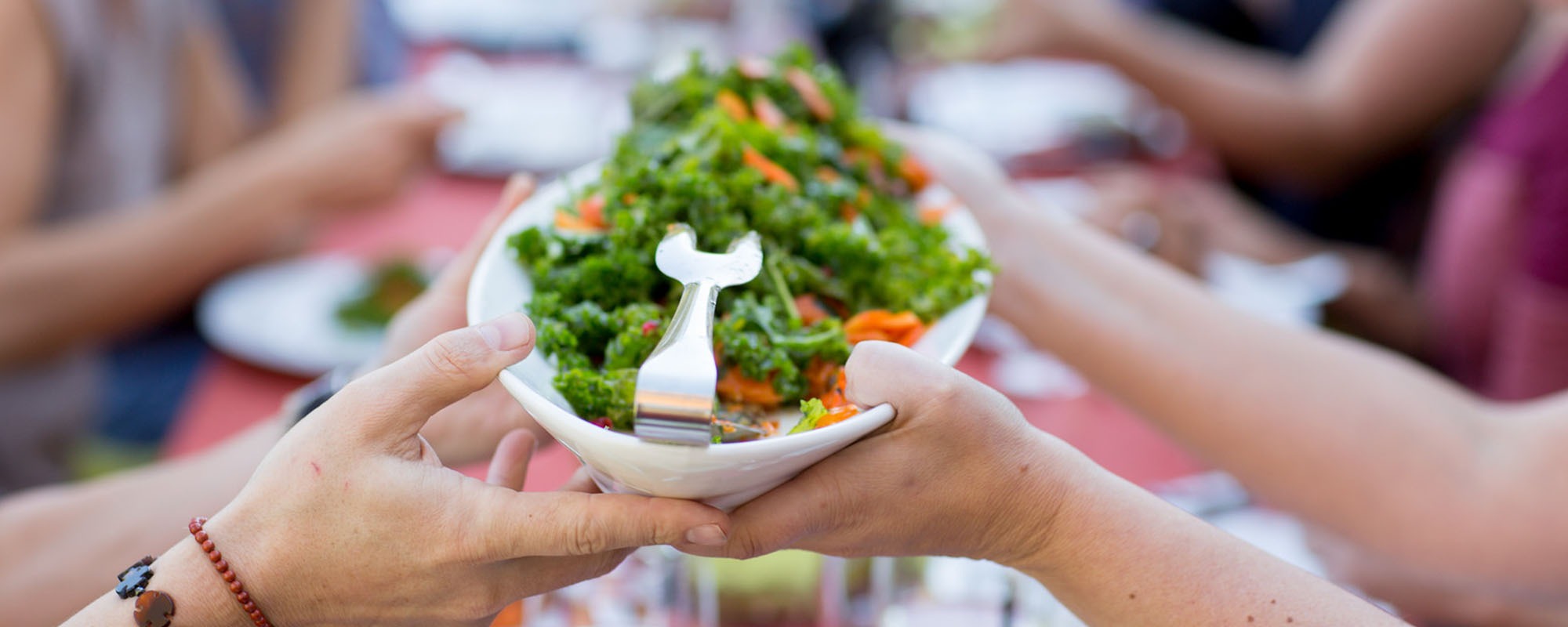
How Do You Use Olive Oil?
Unless you‘ve been hiding under a rock, you‘ve heard about the cholesterol benefits of olive oil. The simple summary: it helps lower cholesterol, while increasing the HDL (high-density lipoprotein, a.k.a. good cholesterol) level and reducing the LDL (bad cholesterol) level.
However, it is very important to remember that olive oil is used as a fat (like butter or lard or seed oils such as corn, canola, or safflower), and also as a flavor when finishing a dish or making a dressing.
Here‘s some good news: all olive oil provides these health benefits. And since heat rapidly “blows off” the varietal nuances from olive oil, there‘s no point in using expensive, extra virgin oil when you‘re cooking.
So do what professional chefs do, even in the finest restaurants where food cost is not a factor: cook with the least-expensive olive oil you can find (such as you‘ll find in 3-liter tins in the supermarket labeled as ‘pure olive oil’ or just ‘olive oil’), and then – once you‘ve taken the dish off the heat – finish with an extra virgin oil whose flavors are appropriate for the dish you‘re making.
This is the right way to use olive oil.
In an effort to keep things simple, many people make the mistake of buying a medium-priced extra virgin olive oil to use for everything. Unfortunetely, this is the worst of all possible worlds, because it means you‘re using a very expensive fat during the cooking phase, and getting inferior flavor when you are finishing a dish. For the same cost (and often less), you can buy an inexpensive cooking-grade olive oil and several high-quality extra virgin oils for finishing.
Try it – you‘ll be glad you did!
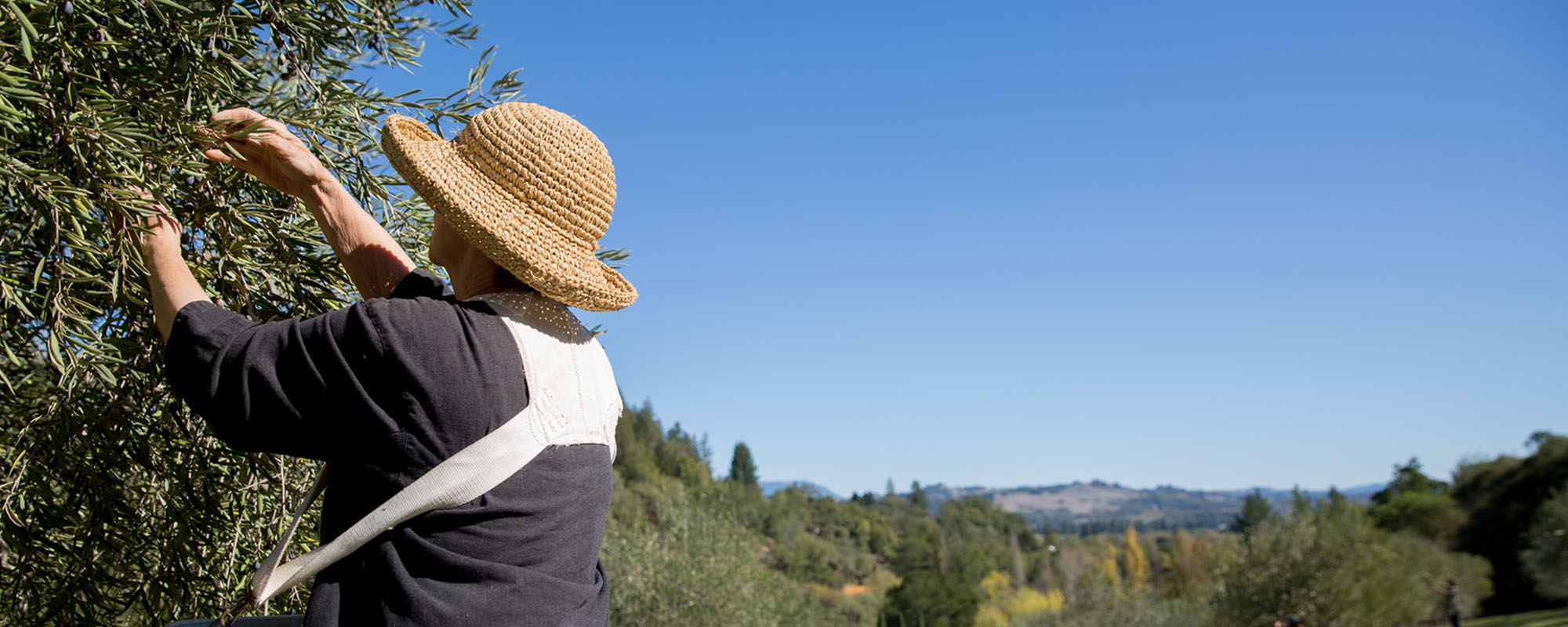
How Do You Choose a Quality Olive Oil?
First, remember that (unlike wine) olive oil is an ingredient, not a dish unto itself. So when tasting olive oil, you must think about how it will be used.
That having been said, you taste olive oil much as you do wine.
Smell it. It should have a clean bouquet that smells like olives, with perhaps a hint of grassiness or apple.
Ignore the color. Why? Because color can easily be faked. In fact, the IOOC testing panels put the oils they‘re evaluating in cobalt-blue cups, so that they can‘t even detect the color. While it is true that early-harvest oils tend to be greener in color than late-harvest oils, each varietal has its own color profile so it‘s hard to know what the oil ‘should’ look like. Plus, if there are too many leaves mixed in with the fruit, even a late-harvest oil can be made to appear green – something that unscrupulous producers have been known to do. So don‘t get sucked in by an oil‘s color.
Take a full teaspoon‘s worth into your mouth, and breath air through it as you would wine. Again, it should taste like olives. The fruitiness can range from full to light, depending on the time of harvest and other factors. You may pick up flavors such as apple, fennel, or an herbaceousness; these are fine. If there‘s a metallic taste in the front of your mouth, the oil may be rancid, which is bad.
Note how the oil feels in your mouth. It should fill your senses without coating your palate. A good oil will make its presence known, but not leave your mouth feeling greasy. An inferior oil will linger, leaving you feeling like you‘ve licked paint.
Finally, pay attention to how it finishes. Many of the best oils have a ‘peppery’ finish at the back of your mouth. This is a sign of an early harvest, and is much sought-after among those who know olive oil. Like the other flavors in the oil, it will fade with age.
Bottom line: do you like it? Think of how you‘d use it. Just as there is no best wine, there is no best olive oil. The oil you would use to make a simple dressing with balsamic vinegar for a salad is different from the oil you‘d use to dip bread. You‘d use a delicate oil with seafood, but a richer, more flavorful oil to finish pasta or grilled vegetables. Try to have examples of each in your pantry.
The oils from the different regions of the Mediterranean have different characteristics. These characteristics come from unique varietals or blends of varietals, but the reason that each region has its own ‘style’ of olive oil is simple: it has evolved to match the local cuisine. This is another reason to have a variety of good oils on hand; unless you always cook the same thing, you‘re shortchanging yourself if you don‘t use the appropriate oil.
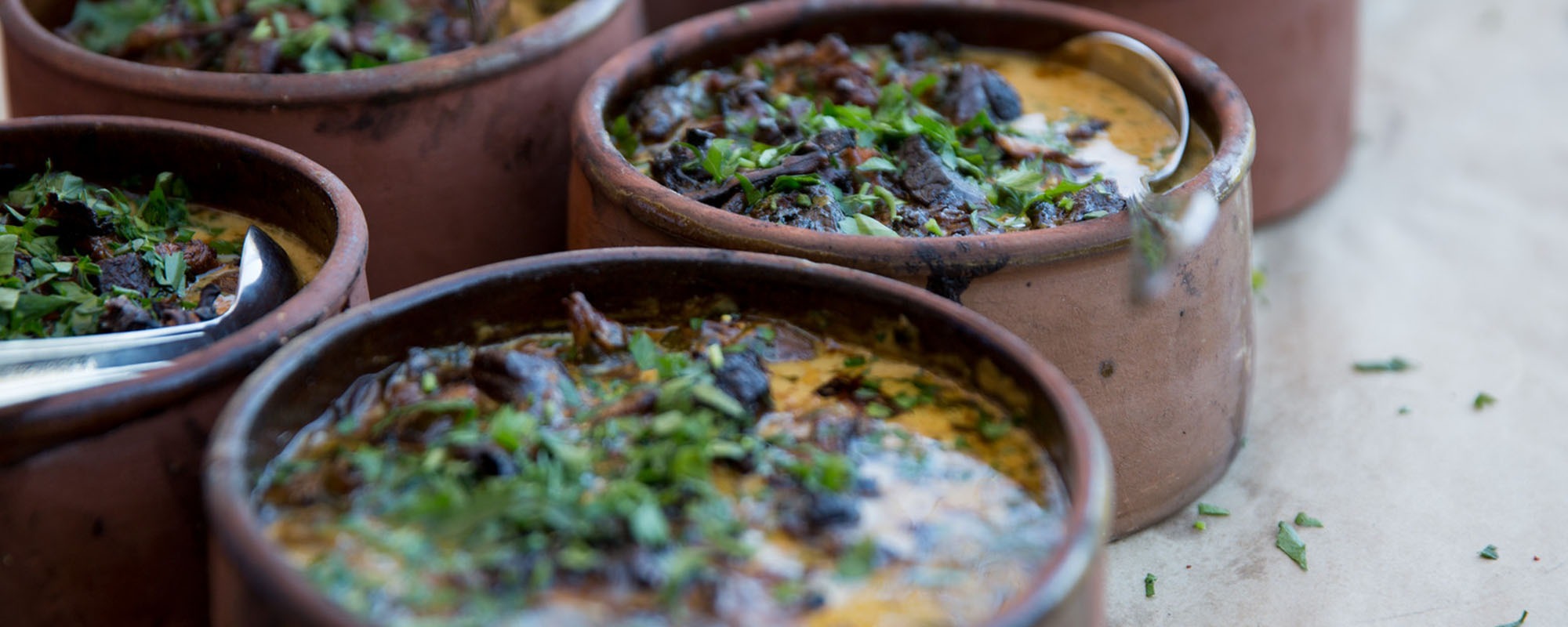
How Do You Store Olive Oil?
Since we‘ve decided that you need more than one oil, you‘ll want to take care of them. This is a process that starts at the store, because the two biggest enemies of olive oil are heat and light. Try to avoid oils that are packaged in clear bottles, or that have been displayed in the shop window. If you must buy an oil in a clear bottle, get one that is still in the shipping carton, and transfer it to a dark container.
Once you get it home, keep it cool and dark. This means, for example, keeping it in a cupboard below the counter, rather than above the stove. Also, keep it tightly stoppered: olive oil is a sponge for other flavors and odors.
If you follow these simple precautions, olive oil will keep indefinitely. Its varietal characteristics will fade with time, so try to purchase it within one year of its harvest date.
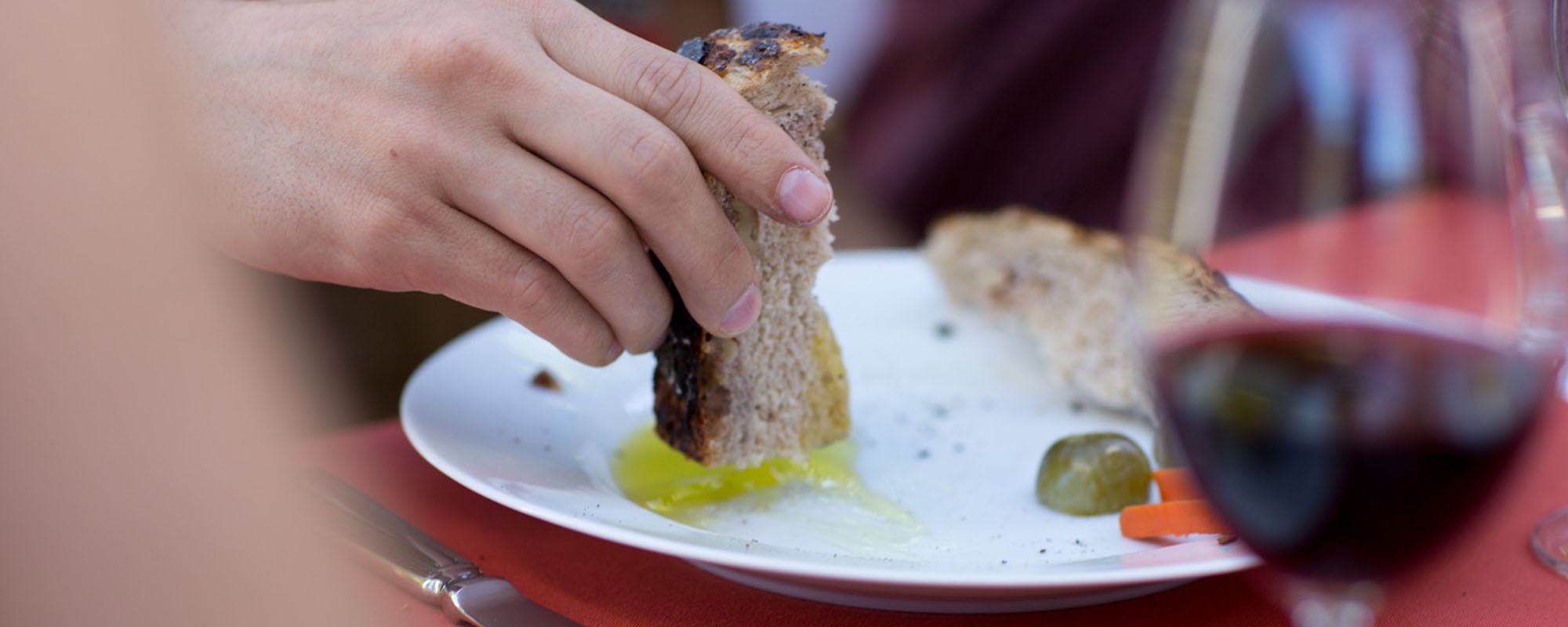
What About Flavored Oils?
There are two types of flavored olive oils. The “good” ones are made by crushing citrus fruit with the olives, then extracting the oil (for example, our Meyer Lemon Oil contains olive oil and the oil from the rind of the lemons). Like most good things, they are expensive to produce, and don‘t lend themselves to mass-production.
Then there are olive oils flavored with herbs, roasted garlic, sun-dried tomatoes, and the like, which are increasingly popular. They are also a rip-off. (You‘re welcome to us with hate mail.) Why? Because most of the time they use low-grade, refined olive oil, which you could buy for a tenth of the price. And if you like the flavor, you can make it even better (as well as much less expensively) yourself by using better-quality flavorings and good olive oil. (Just be careful with garlic; you should always roast or blanch it first, in order to prevent botulism.)
End of speech.

How Are Olives Farmed?
Olives are fruit trees. They are propogated from cuttings, rather than grown from seed, because seed rarely breeds ‘true’ to the parent.
Cuttings about 5 inches long are taken from young wood, then kept in a mist house (a special type of greenhouse where humidity is kept very high) until they sprout roots – typically about 4 to 6 months. Then they are transplanted to pots for about a year, by which point they are single stalks roughly two feet tall, with many leaves. At this point, they‘re ready to go in the ground.
Depending on the varietal, the terrain, and the intended method of farming, the trees are planted to a density of between 50 and 300 trees per acres. Our trees, which tend to be relatively small, are planted at a density of about 200 to the acre (on a 12×17 foot matrix).
While not strictly necessary, most modern olive groves use some form of irrigation to speed growth and to even out the yield from year to year. (Olives bear their fruit on the previous year‘s growth, so they tend to bear heavily one year at the expense of growth, then to grow heavily the next year at the expense of fruit.)
The trees will begin to bear fruit typically after four years in the ground, but will not reach full production for 12 to 15 years. At full production, they will produce between 2 and 6 tons of fruit per acre, depending on the varietal(s), the growing conditions, and the luck of the draw. For example, in 1996 we lost over half of our crop to a late rain in May, when the trees were in bloom.
So you want to be a farmer…
It takes a minimum of 5 acres of olive trees to make economic sense, and a minimum of about 2 acres to make any oil at all. It‘s a very tough way to make a living in agriculture – see our Trees information for the nitty-gritty details. If you find that you‘re still interested now that we‘ve done our best to dissuade you, we do sell trees…

